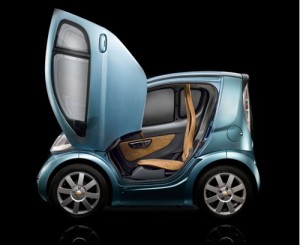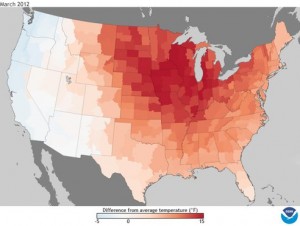Sure, electric cars don’t burn gas, but their electricity has to come from somewhere and in many parts of the country, that means coal. Surprisingly though, even accounting for that, an electric car still produces less global warming emissions than a gasoline powered car getting 27mpg, according to a new study. Of course, 100% coal-sourced electricity is a truly worst case scenario, as natural gas, nuclear, and renewable sources also come into play. Taking that into account, it turns out that about 45% of Americans live in places where the electric car emissions are equivalent to a 50mpg automobile! 37% have the equivalent of a 41-50mpg car, and 18% have a 31-40mpg equivalent.
The bottom line is, yes, electric cars still result in air pollution and global warming gas emissions, but they’re still far better than almost any car on the road today (the one exception I can think of being VW’s fantastic TDI diesel engine). More importantly, as more renewable energy is plugged in to the grid, electric cars will continue to improve, and quickly outpace even VW’s best diesel efforts.
Read more at SmartPlanet or the Union of Concerned Scientists.



